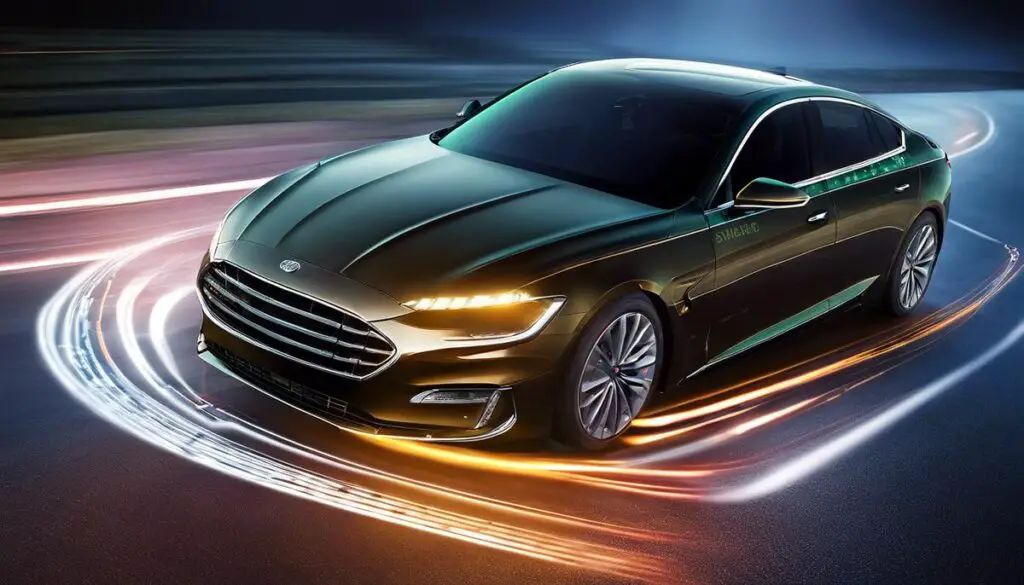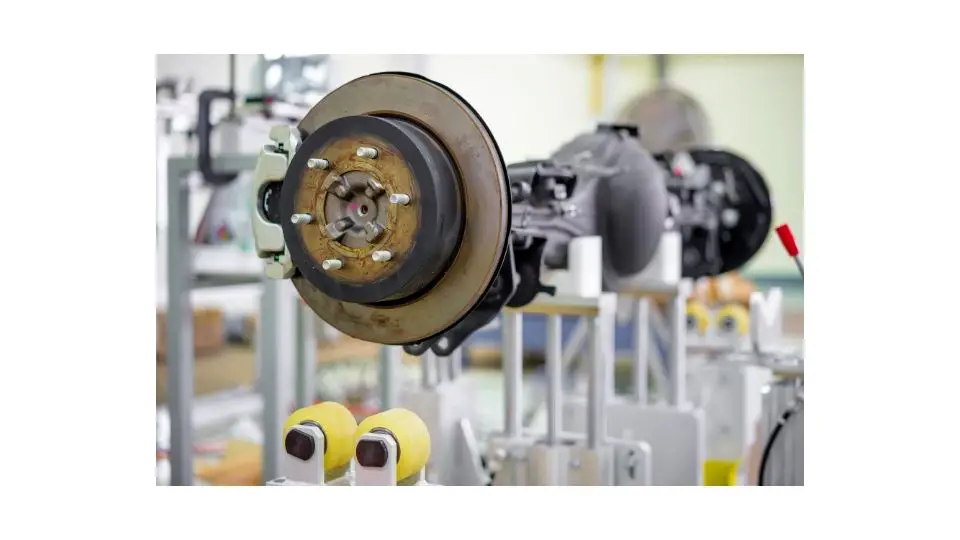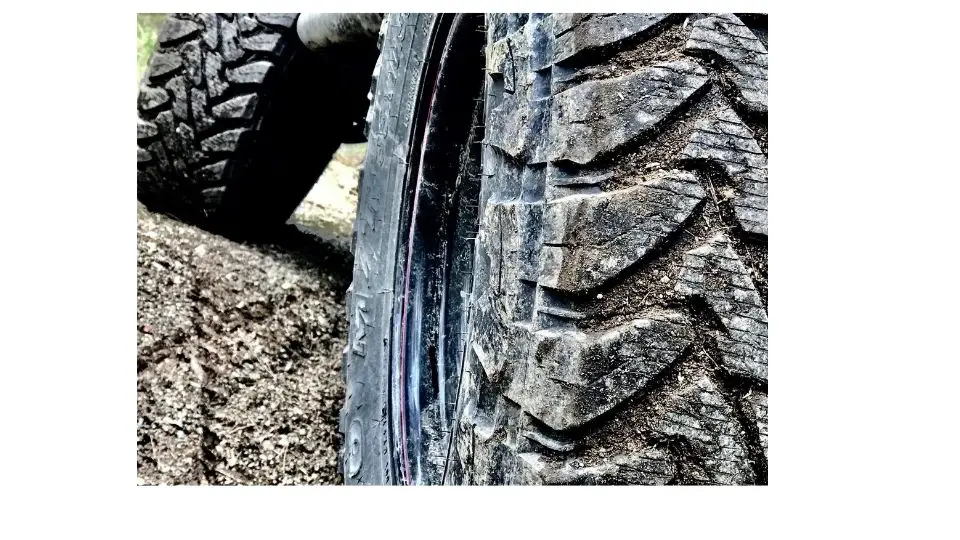As technology continues to evolve, so does the functionality and capabilities of modern automobiles. One of the remarkable advancements in recent times is the inception of the Forward Collision Warning (FCW) system. This groundbreaking feature sets out to revolutionize the way we perceive automotive safety, proving instrumental in reducing road mishaps. This essay seeks to shed light on the nitty-gritty of FCW, its operation, and its implementations across a variety of car models. Additionally, the possible issues and troubleshooting tips related to the use of FCW will also be scrutinized, offering car enthusiasts and users alike a comprehensive understanding of this intricate system.
Understanding FCW (Forward Collision Warning) Function in a Car
Unveiling the mighty role of the Forward Collision Warning (FCW) system in modern vehicles, this remarkable piece of technology stands as a key safety feature in today’s automobile world. Its primary function universal across all vehicles: monitoring the speed of your vehicle, the speed of the vehicle in front of you, and the distance between the two.
The FCW system works on radar, lasers, or cameras that continuously scan the area in front of your vehicle, a brilliant mix of science and technology working together to help avoid or mitigate crashes.
When it senses the risk of collision with a vehicle or obstacle ahead, the FCW system alerts the driver in real-time. This is typically a combination of audio and visual alerts, tailored to instantly grab the driver’s attention and trigger prompt action. Importantly, it’s worth noting that FCW system does not take over control of the vehicle; it serves as an advanced warning system, leaving the ultimate decision to the hands of the driver. While it’s no replacement for attentive and safe driving, it certainly enhances safety by providing early alerts to potential dangers ahead.
By dramatically minimizing the risk of front-end collisions, the FCW system has, quite affirmatively, revolutionized the safety space in vehicle technology. The introduction of this vigilant copilot ensures that modern vehicles continue to adapt to the evolving demands of safer road travel, heightening the importance and value of technology in the automotive world.

Functional Analysis of the FCW in Different Car Models
As we delve deeper into the world of Forward Collision Warning (FCW) systems, the varying performance across different car models comes into focus. Interestingly, the efficacy of FCW systems isn’t equally distributed. Factors such as car make and model year, accuracy of onboard sensors and overall quality of onboard computer systems profoundly impact the effectiveness of the FCW feature. For instance, premium and luxury cars often possess more responsive and accurate FCW systems due to superior technology and superior implementation.
The unique advantages of the FCW system come to light when explored in tandem with other advanced driver assistance systems. Within the sphere of such symbiotic relationships, FCW systems can really shine. For example, when paired with Automatic Emergency Braking (AEB), the FCW not only warns the driver about an imminent collision but also triggers the brakes if the driver fails to respond timely. Similarly, in certain models, FCW systems synergise with Adaptive Cruise Control for added safety during highway driving. Furthermore, a noticeable bonus of the FCW system is the potential for a decrease in insurance premiums, as many providers give discounts for cars equipped with advanced safety technology.
Yet, it’s crucial to bear in mind that while able to significantly bolster road safety, the FCW system should not replace responsible and attentive driving. Despite the technological advancements, the ultimate control and decision making still lies in the hands of the driver – ensuring that human intuition and judgment remain at the helm of vehicular operation.

Common FCW Issues and Troubleshooting Tips
Despite the benefits and advancements of the FCW systems, like all technology, they can encounter several issues that can impact their effectiveness.
A primary concern is the potential for false warnings. False alerts can result from various factors such as mistaking road structures or stationary objects for impending collisions.
This can cause unnecessary panic or confusion to the driver and, in worst-case scenarios, result in erratic driving maneuvers.
Fortunately, this issue can be minimized with regular system recalibrations and firmware updates, which aim to improve the system’s capacity to accurately differentiate between actual dangers and innocent road entities.
Environmental factors can also compromise the effectiveness of the FCW system. Adverse weather conditions like heavy rain, mist, or snow can interfere with the sensors; this might result in the system either failing to detect an oncoming hazard or giving false warnings.
Similarly, poor lighting or direct sunlight glare can disrupt the system’s operational accuracy.
Some solutions to these can be regular sensor cleanings to clear them of any hindrances like mud or ice and usage of polarizing filters to manage light interference.
Furthermore, continued research in FCW technology is vital for improving system robustness.
Lastly, an underestimated issue is over-reliance on the FCW system. Despite its benefits, drivers must remember that this system is a support tool, not a substitute for safe and defensive driving.
Making the driver aware of the system’s limitations, and maintaining a culture of attentive driving can abate this issue.
Regular reminders about this from the vehicle manufacturers, car sellers, and insurance companies can be influential in promoting this message.
As enthusiasts of motoring technology, reminding everyone that technology is there to aid, but not replace, good driving practices will ensure the advantages of FCW systems are fully realized.

Delving into the working mechanics of the FCW system offers us a revealing insight into how technology could significantly enhance our safety on the roads. From understanding its basic operation, how it varies among different car models, to learning how to troubleshoot common issues, we can appreciate the FCW system more. As more automobile manufacturers integrate this technology into their models, the importance of comprehending how it functions cannot be overstated. In essence, the information compiled in this discourse will not only boost our technical acumen but also play a pivotal role in creating safer, tech-savvy drivers.





